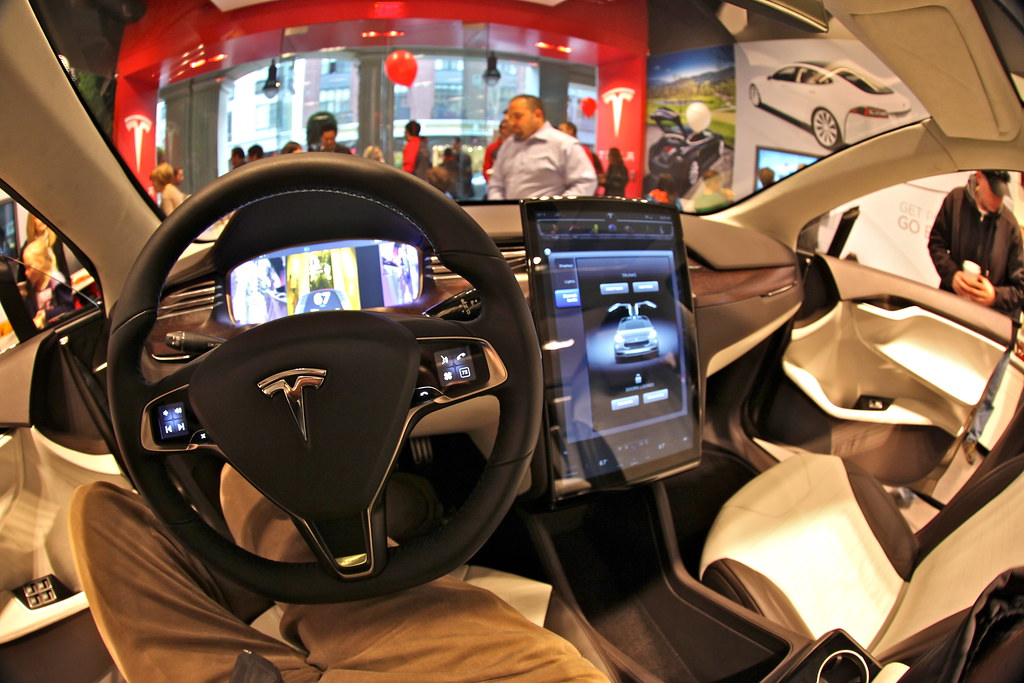In 2024, urban mobility is undergoing a revolution, driven by the integration of artificial intelligence (AI) and autonomous electric vehicles (EVs). According to a recent report by Bloomberg Green, the global market for autonomous vehicles is projected to grow at a staggering 36% annually, underscoring a transformative shift in how we navigate our cities. This article will explore how AI and autonomous EVs are shaping urban mobility, offering insights into technological advancements, their implications for city life, and what you can expect in the near future.
The Rise of Autonomous Electric Vehicles
AI-Driven Innovations in Urban Transport
AI’s role in urban mobility is expanding rapidly. Companies like Tesla and Waymo are at the forefront, with AI powering their autonomous driving systems. These technologies enhance safety by predicting and responding to road conditions in real-time. Here’s how AI is making a difference:
- Predictive Navigation: AI algorithms analyze traffic patterns to optimize routes, reducing travel time and energy consumption.
- Safety Enhancements: According to TechCrunch, AI improves safety by reducing human error, which accounts for 94% of traffic accidents.
- Energy Efficiency: AI systems manage battery usage efficiently, extending the range of EVs by up to 20%.
Key Players and Technologies
Several automakers are leading the charge in autonomous EVs:
- Tesla’s Full Self-Driving (FSD): Tesla’s FSD software continues to evolve, offering semi-autonomous capabilities to its users.
- Waymo’s Robotaxi Service: As of early 2024, Waymo has expanded its services to over 30 cities globally, providing completely driverless rides.
- Hyundai’s Autonomous Fleet: Hyundai, in partnership with Aptiv, is testing fully autonomous vehicles in major U.S. cities.
How Autonomous EVs Are Transforming Urban Mobility
Reducing Traffic Congestion
Autonomous EVs have the potential to alleviate traffic congestion significantly:
- Platooning Technology: Vehicles can travel close together at optimal speeds, reducing road space usage.
- Improved Traffic Flow: AI can synchronize traffic lights and manage vehicle speeds to minimize stop-and-go traffic.
Environmental Impact
The shift to autonomous EVs also promises environmental benefits:
- Reduced Emissions: EVs produce zero tailpipe emissions, and when powered by renewable energy, they contribute to cleaner air in urban areas.
- Efficient Resource Use: Autonomous EVs can be shared, reducing the total number of vehicles on the road.
Practical Advice for Embracing Autonomous EVs
How to Charge Your EV Efficiently
Charging infrastructure is crucial for the adoption of autonomous EVs. Here are some tips:
- Home Charging Stations: Installing a Level 2 charger at home can significantly reduce charging time.
- Public Charging Networks: Utilize apps like PlugShare to locate nearby charging stations.
- Off-Peak Charging: Charge during off-peak hours to take advantage of lower electricity rates.
Where to Experience Autonomous EVs
If you’re eager to experience autonomous EVs firsthand, consider these options:
- Ride-Hailing Services: Companies like Uber and Lyft are integrating autonomous EVs into their fleet in select cities.
- Test Drives: Visit Tesla or local dealerships offering autonomous vehicle test drives.
What to Compare When Buying an Autonomous EV
When considering purchasing an autonomous EV, keep these factors in mind:
- Autonomous Features: Compare the level of autonomy offered (e.g., Tesla’s FSD vs. GM’s Super Cruise).
- Range and Efficiency: Consider battery range and efficiency, especially if planning for long commutes.
- Price and Incentives: Investigate government incentives and rebates to reduce purchase costs.
Conclusion
AI and autonomous EVs are at the heart of a mobility revolution, transforming how we live and move in urban environments. These technologies promise safer, cleaner, and more efficient cities. As we stand on the brink of a new era in urban mobility, embracing these innovations can lead to a more sustainable future. Are you ready to take a ride into the future with autonomous EVs? Share your thoughts or experiences in the comments below. As we look ahead, keep an eye on how these technologies will continue to evolve, shaping cities for generations to come.

